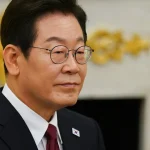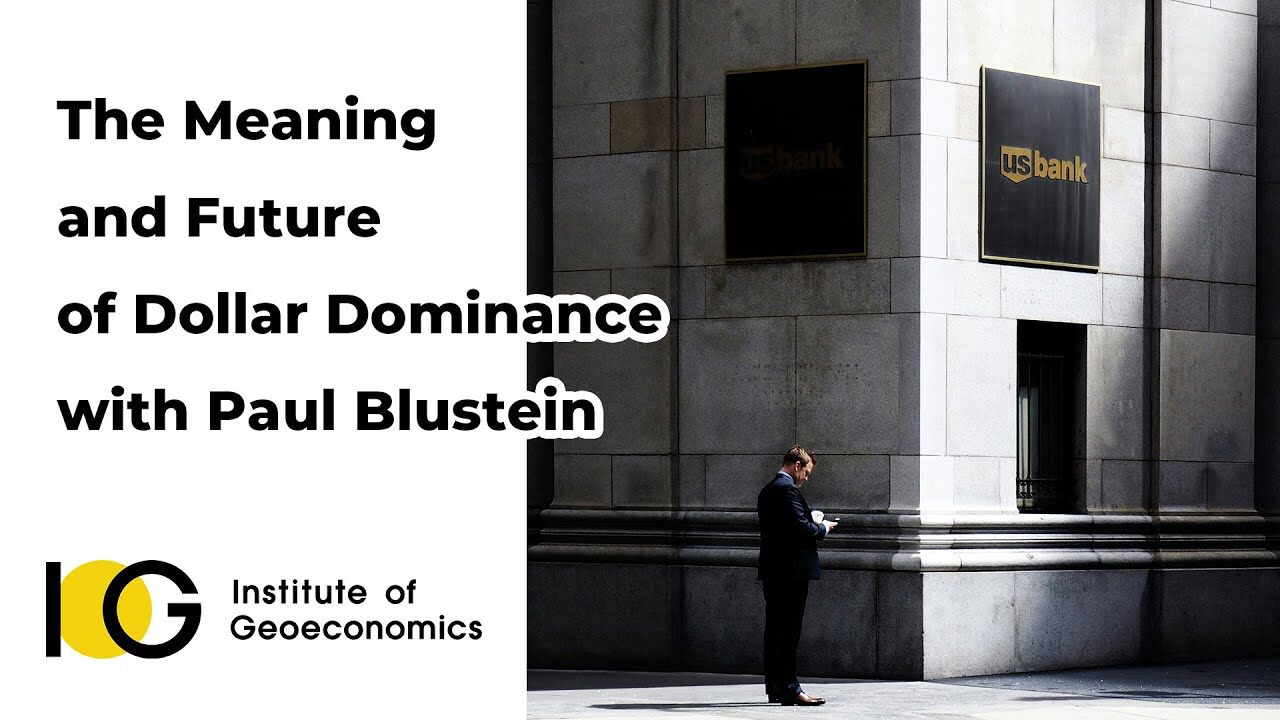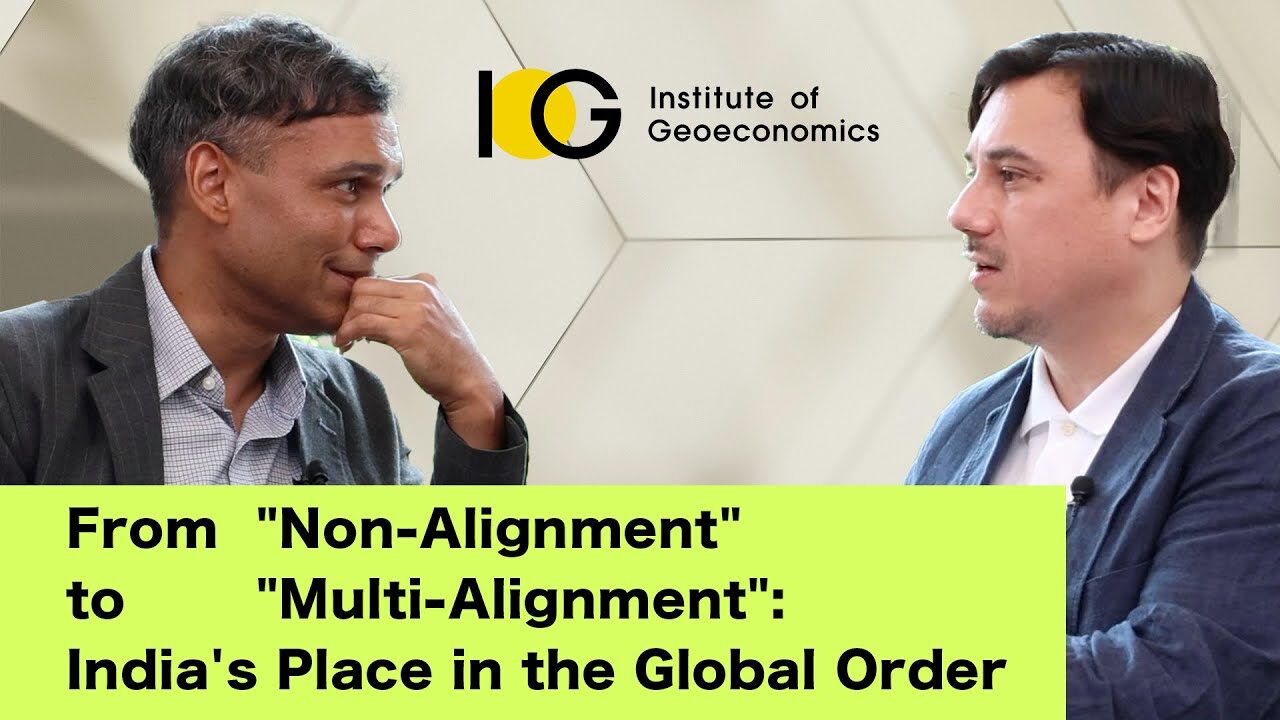Significance and Challenges of Possessing the Counterstrike Capability
In the recently revealed National Security Strategy of Japan (NSS) and together with other strategic documents, the Japanese Government finally made its decision to acquire counterstrike capabilities. On February 29, 1956, the Government explicitly showed its view that, according to the Constitution, “as long as it is deemed that there are no other means to defend against attack by guided missiles and others, to hit the bases of those guided missiles and others is legally within the purview of self-defense and thus permissible”. This means that, although it was legally possible for Japan to possess such capabilities, the Government intentionally did not do so as its policy, until the recent significant shift.
Therefore, I would like to highly compliment the Kishida administration for bringing this critical issue of national defense policy that had been procrastinated until now to a conclusion, even though the need for such a move had been pointed out and discussed many times in the Japanese Diet. However, the document has been carefully worded at best, and an arcane bureaucratic document at worst, to secure an agreement between the ruling and opposition parties.
The first reason why it is difficult to comprehend the whole picture of counterstrike capabilities is due to the narrow context that the Government provides; the responses to missile attacks. The new NSS defines counterstrike capabilities as,
“[Self-Defense Forces(SDF)]’s capabilities that leverage stand-off defense capability and other capabilities. In cases where [an] armed attack against Japan has occurred, and as part of that attack ballistic missiles and other means have been used, counterstrike capabilities enable Japan to mount effective counterstrikes against the opponent’s territory. Counterstrikes are done as a minimum necessary measure for self-defense and in accordance with the Three New Conditions for Use of Force.”
It is indisputable that the existence of a realistic threat of a saturation attack by hypersonic vehicles and missiles, which the current ballistic missile defense system cannot intercept, has made the possession of counterstrike capabilities inevitable. However, attacks from the enemy are not limited to ballistic missiles and can take various forms, including bombers and UAVs. That is why the definition refers to “ballistic missiles and other means”. The concept of counterstrike in the new NSS is to allow “Japan to mount effective counterstrikes against the opponent’s territory” as a measure to prevent such an attack.
It is very significant that Japan has made the decision to possess the capabilities to counterstrike and has made it clear intention to do so. This is because an enemy that seeks to infringe in Japan must be wary not only of the turtle’s shell (missile defense) but also of the porcupine’s needle (counterstrike). Furthermore, given that counterstrike capabilities are not limited to missile attacks, but are the core “to disrupt and defeat invasions against its nation much earlier and at a further distance”, “the ability to operate striking force in a wider area of operations, including enemy territory” would be a more accurate understanding of the overall picture of counterstrike capabilities.
The second reason that makes this new policy shift difficult to capture, is due to the opaque distinction between counterstrike capabilities and stand-off defense capabilities. The new NSS defines counterstrike capabilities as a strike in the opponent’s territory, while the stand-off defense capabilities refer to an attack from outside the enemy’s threat zone. As stated in the definition, counterstrike capabilities are “the SDF’s ability to utilize stand-off defense capabilities and other capabilities” that it has already decided to possess for defense operations. Specifically, the SDF will utilize Type 12 Surface-to-Ship Missile (upgraded version), hypersonic glide vehicles for remote island defense, and hypersonic guided missiles “to deal with vessels and landing forces invading Japan, including its remote islands, from locations outside of threat zones.” By extending their range, they will be used to launch an “effective counterstrike in opponent’s territory “. The Air Self-Defense Force also plans to steadily introduce JSM and JASSM to be loaded on the F-35 and F-15 respectively and American-made Tomahawk missiles are expected to be acquired, increasing the number and type of stand-off missiles in SDF’s armament to constitute its counterstrike capabilities.
Possessing counterstrike capabilities will require not only stand-off missiles but also new capabilities such as gathering, analyzing, and designating the priority of target information, including mobile targets and others. What is clear is that the counterstrike capabilities the SDF aims to possess are not the capacity to attack enemy bases that requires fighter jets and attack aircraft in large quantities (so-called strike package), as discussed in the past, but rather strike capabilities with long-range missiles.
The third reason is in relation to the exclusively defense-oriented policy. The Government explains that the counterstrike capabilities possessed by Japan “fall within the purview of Japan’s Constitution and international law” and that “they do not change Japan’s exclusively defense-oriented policy”. However, until the recent policy change, it has been understood as a capability beyond the scope of the exclusively defense-oriented policy. The logic of possessing the capabilities to counterstrike while adhering to the principle of “exclusive defense”, therefore, is confusing. The exclusively defense-oriented policy is defined as
“a passive defense strategy in accordance with the spirit of the Constitution, such as using defensive force in the event of an attacked, limiting the extent of the use of defensive force is kept to the minimum necessary for self-defense, and restricting the defense capabilities maintained to the minimum necessary for self-defense.”
In the new NSS, the government decided that the counterstrike capabilities will be incorporated in “the minimum necessary” limit, in response to current threats that “[are] becoming increasingly difficult to respond completely with the existing missile defense network alone”.
As stated in the NSS, “while the basic division of roles between Japan and the United States will remain unchanged, as Japan will now possess counterstrike capabilities, the two nations will cooperate in counterstrikes just as they do in defending against ballistic missiles and others”. Furthermore, as the National Defense Strategy describes, “Japan and the U.S. will jointly establish cooperative posture including relevant information gathering to employ the capability more effectively”. It is also necessary to firmly position Japan’s counterstrike capabilities in the context of integrated deterrence and joint response based on the Japan-U.S. alliance.
Policymakers have a bad habit of feeling comfortable when documents are completed. The media also loses interest and decreases follow-up reports. However, the actual construction and implementation of the National Security Strategy, a major shift in postwar defense policy, is just at its beginning.
Disclaimer: The views expressed in this commentary do not necessarily reflect those of the API, the Institute of Geoeconomics (IOG) or any other organizations to which the author belongs.
-
 Is China Guardian of the ‘Postwar International Order’?2025.12.17
Is China Guardian of the ‘Postwar International Order’?2025.12.17 -
 Japan-India Defense in a Fragmenting Indo-Pacific2025.12.10
Japan-India Defense in a Fragmenting Indo-Pacific2025.12.10 -
 The “Economic Security is National Security” Strategy2025.12.09
The “Economic Security is National Security” Strategy2025.12.09 -
 India - Japan: The Glimpse of a Shared Vision2025.12.05
India - Japan: The Glimpse of a Shared Vision2025.12.05 -
 Beijing’s ‘Globalist’ Agenda Under Trump 2.02025.12.01
Beijing’s ‘Globalist’ Agenda Under Trump 2.02025.12.01
 Event Report: The Trump Tariffs and Their Impact on the Japanese Economy2025.11.25
Event Report: The Trump Tariffs and Their Impact on the Japanese Economy2025.11.25 The Real Significance of Trump’s Asia Trip2025.11.14
The Real Significance of Trump’s Asia Trip2025.11.14 The “Economic Security is National Security” Strategy2025.12.09
The “Economic Security is National Security” Strategy2025.12.09 The long road to a South Korea-U.S. trade deal2025.11.26
The long road to a South Korea-U.S. trade deal2025.11.26 Trump’s Tariffs Might Be Here to Stay – No Matter Who’s in Power2025.11.28
Trump’s Tariffs Might Be Here to Stay – No Matter Who’s in Power2025.11.28
















